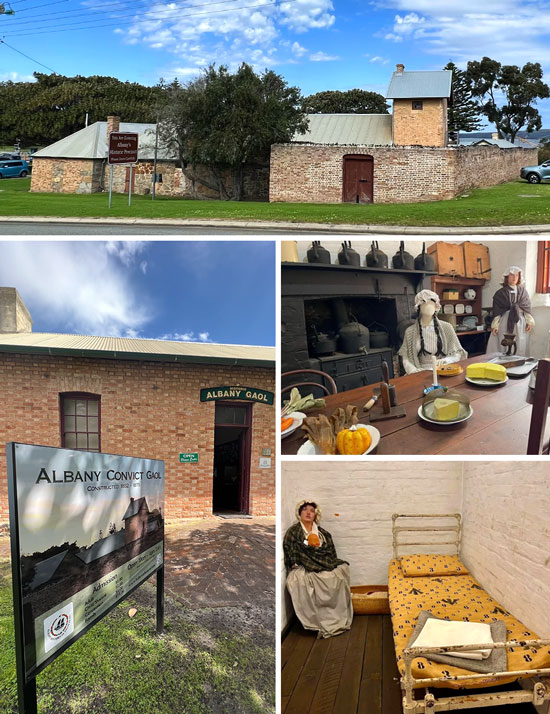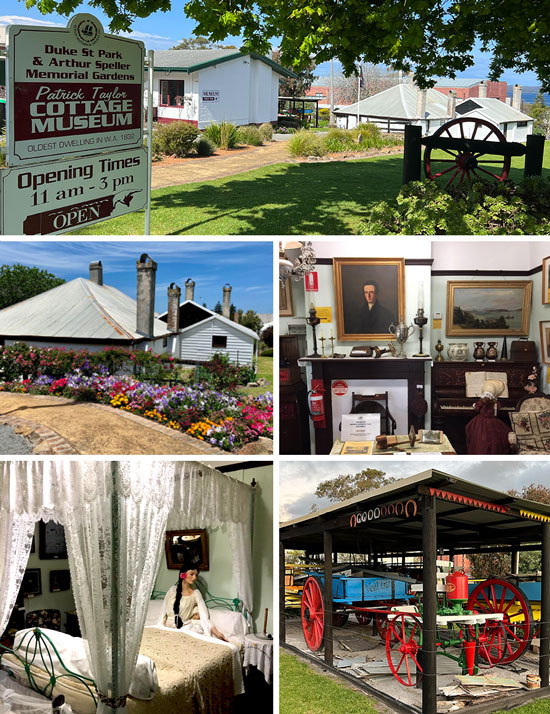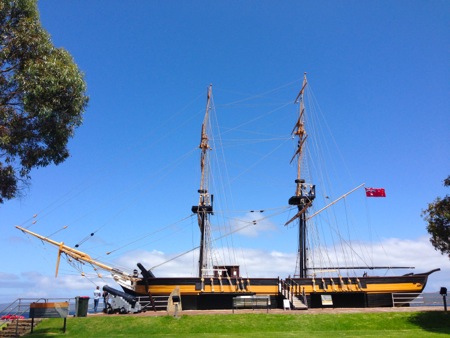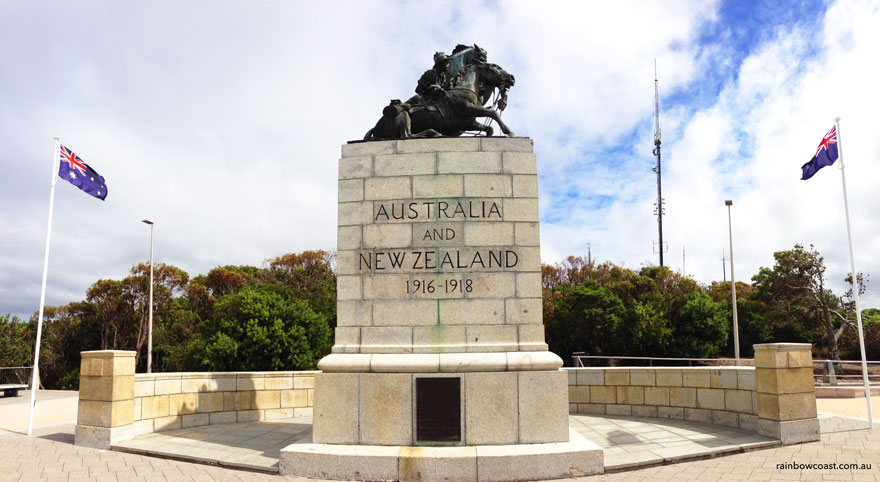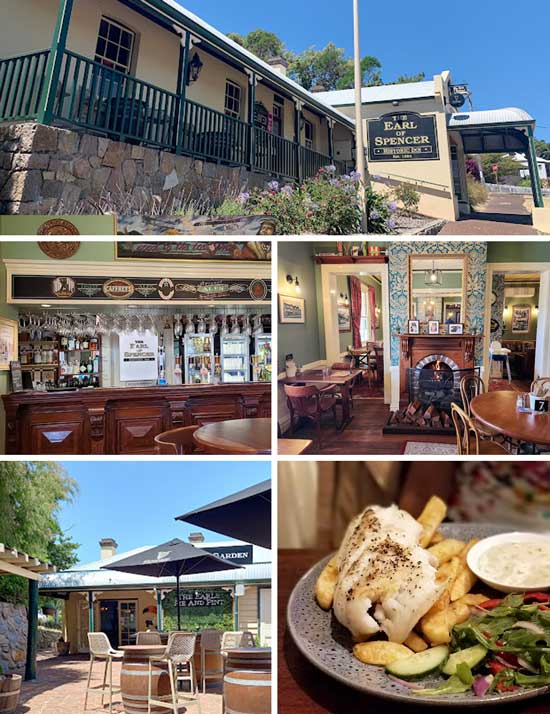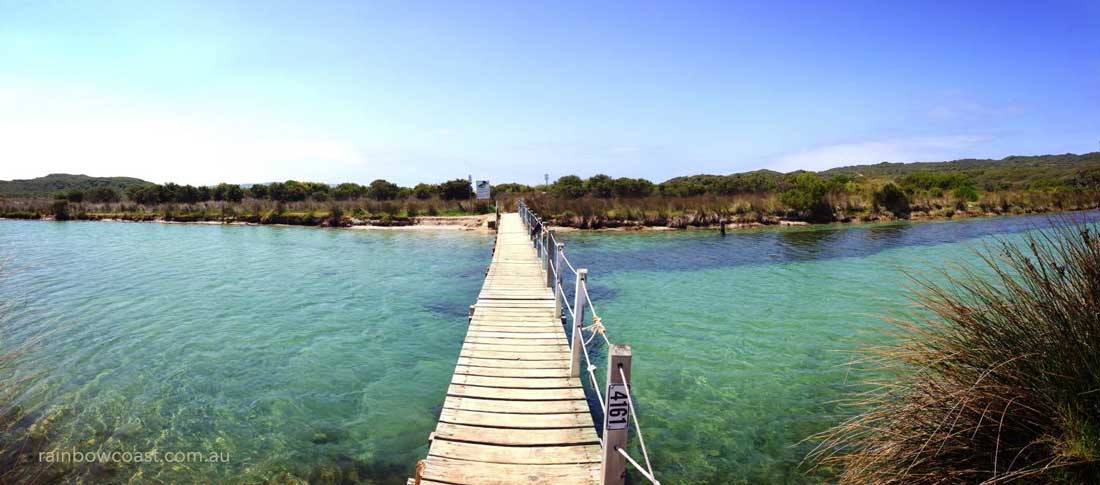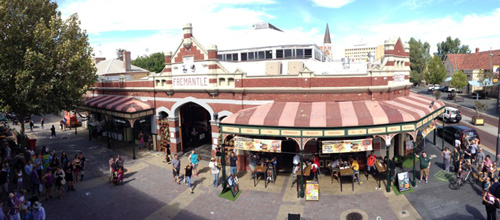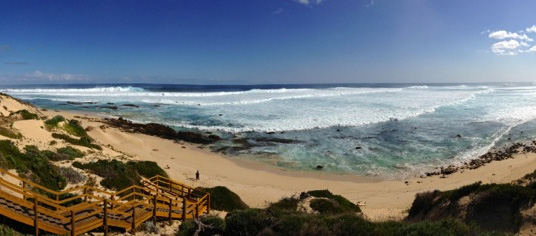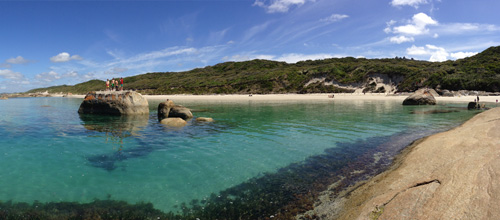
History of Albany Australia
Visit the Albany Heritage Park for living history!
Albany: A Historical Overview
Rich Historical Tapestry
Albany's history is a vibrant mix of its Indigenous heritage, colonial foundations, maritime achievements, wartime significance, and cultural diversity. Understanding this history allows residents and visitors to connect with the city's origins and the events that have shaped its unique identity.
Preserving the Past Through Architecture
The historic buildings and architecture found throughout Albany offer tangible links to its past. These structures stand as enduring witnesses to the different eras and styles that have influenced the city’s growth, providing a window into its fascinating journey through time.
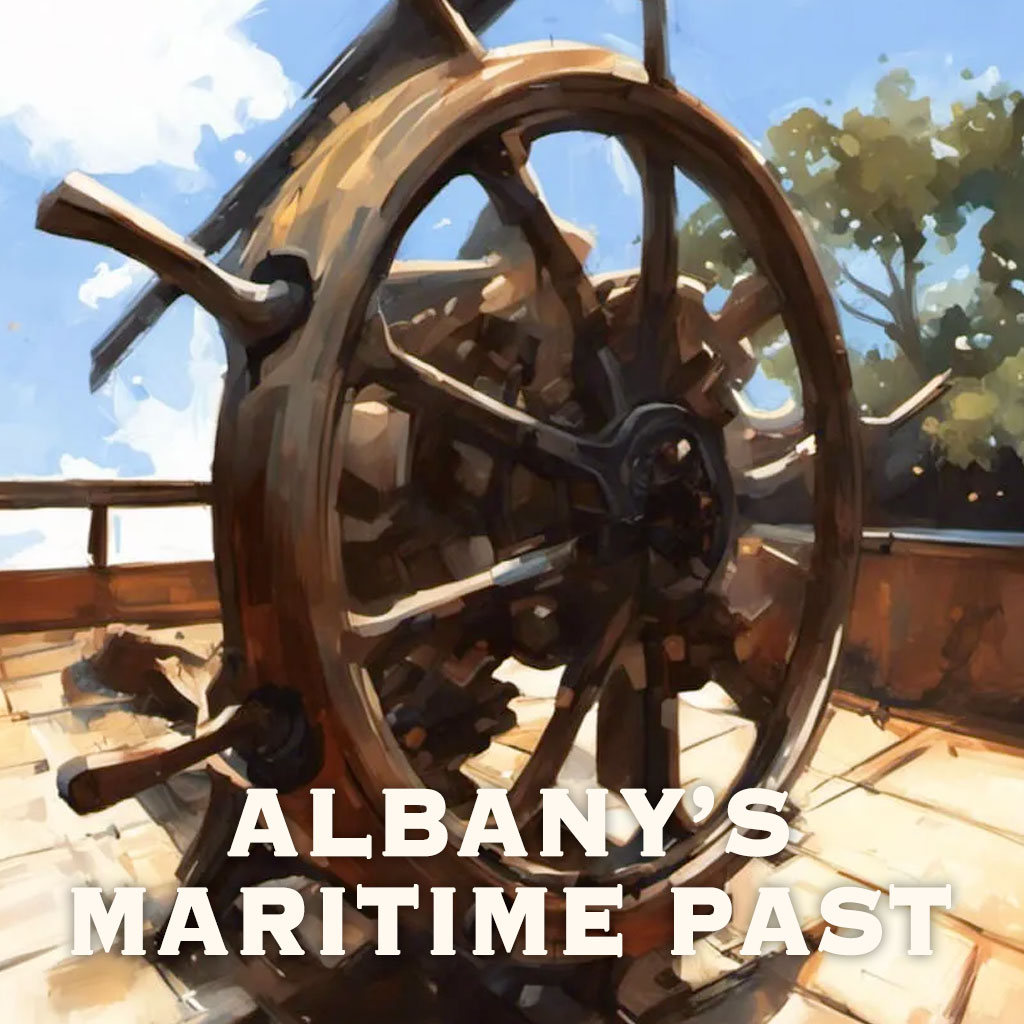
Albany's Ancient Indigenous Heritage
The Menang Noongar People
The Albany region has been home to the Menang Noongar people for thousands of years. They are the traditional custodians of the land, with a deep connection to the environment. The Menang Noongar people relied on sustainable practices, including hunting, gathering, and fishing, to make use of the region's waterways, coastline, forests, and bushland. Their culture is rich in stories, ceremonies, and traditions that have been passed down through generations.
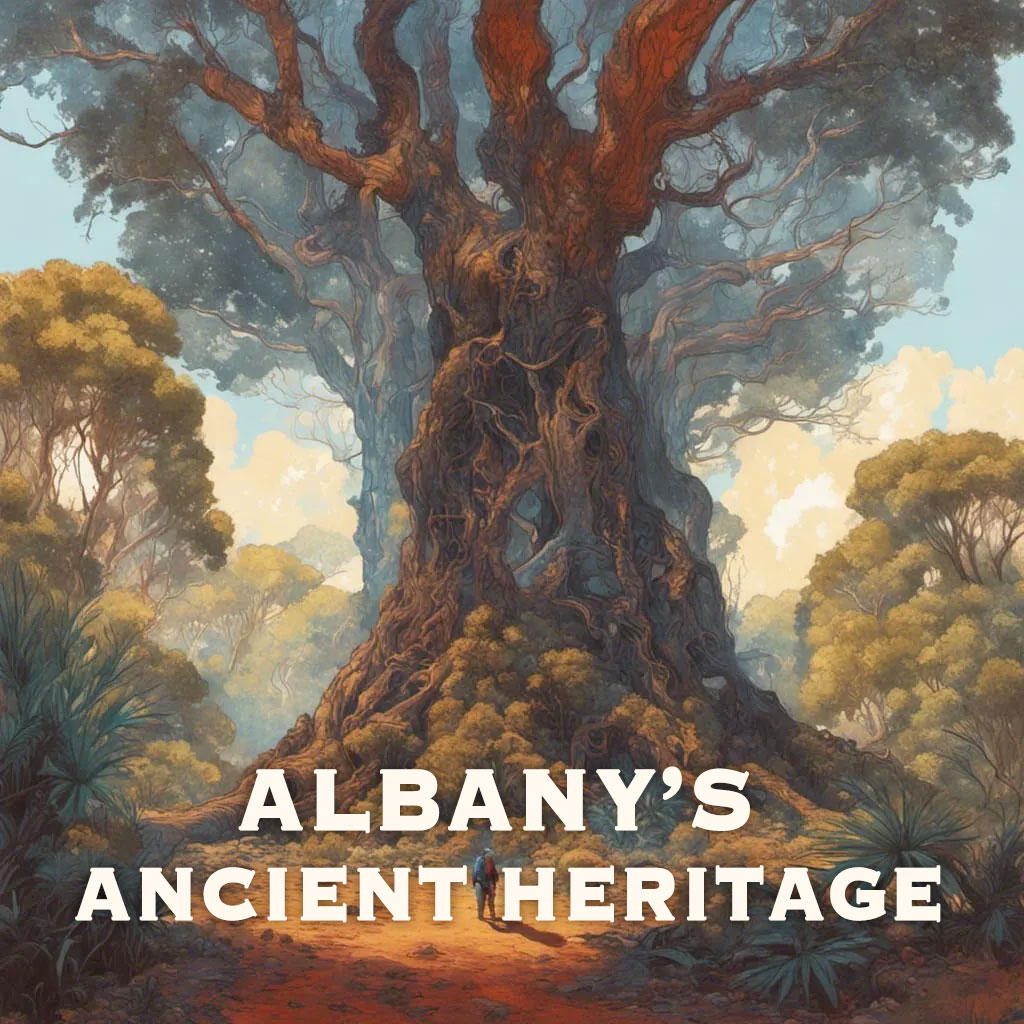
Social Structure and Kinship
The social structure of the Menang Noongar community was complex and based on kinship and family ties. Roles and responsibilities were passed down through generations, with elders playing an essential role as keepers of knowledge and wisdom. They guided the community, ensuring the continuation of ancestral traditions and practices.
Spiritual Beliefs and Ceremonies
The Menang Noongar people have a spiritual connection to the land and the environment. Sacred sites across the region are of significant cultural importance. Ceremonies were an essential aspect of their society, reinforcing connections to the land, the community, and spiritual beliefs.
The Role of Elders
Elders held a vital role in Menang Noongar society, both as leaders and as custodians of knowledge. They were responsible for passing down oral histories and survival skills, and their guidance ensured the community's cohesion. Elders also acted as mediators and were central figures in resolving disputes within the group.
The Importance of the Land and Waterways
The Menang Noongar people traditionally relied on the natural resources of the land and sea for survival, from the rich coastline to the forests, rivers, and bushland. Their knowledge of these ecosystems was vast, allowing them to thrive in an environment rich in flora and fauna. They hunted kangaroos, emus, and other animals, gathered plant foods, and used the waters for fishing.
Contemporary Connection
Today, the Menang Noongar people continue to maintain a strong connection to the land, advocating for the protection of their cultural heritage and the preservation of traditional knowledge. They remain active in promoting policies that respect their history and their rights as the region’s traditional custodians.
Albany History - Les Johnson
About Les Johnson
Les Johnson (1929–), a former ABC journalist and local historian, authored Albany Who and What: Bibliography, a comprehensive guide to Albany's historical landmarks and prominent figures. His work showcases Albany's rich cultural heritage and reflects his dedication to preserving its history. Johnson played a significant role in establishing iconic sites such as the Albany Historic Whaling Station, the Brig Amity, and Mt Clarence, and was awarded the Order of Australia for his contributions.
Further Reading
Read Albany Who and What: Bibliography (PDF)
Impact of European Arrival
The arrival of European ships brought profound changes to the lives of the Menang Noongar people, altering their traditional way of life in significant ways. The introduction of new diseases, displacement from ancestral lands, and the disruption of their established ecological practices were among the challenges they faced. The colonisers' presence brought shifts in land use, access to resources, and power dynamics, leading to an upheaval of their social structure and cultural traditions. The Menang Noongar people's connection to their land and identity endured, but the impact of European arrival shaped the course of their history for generations to come.
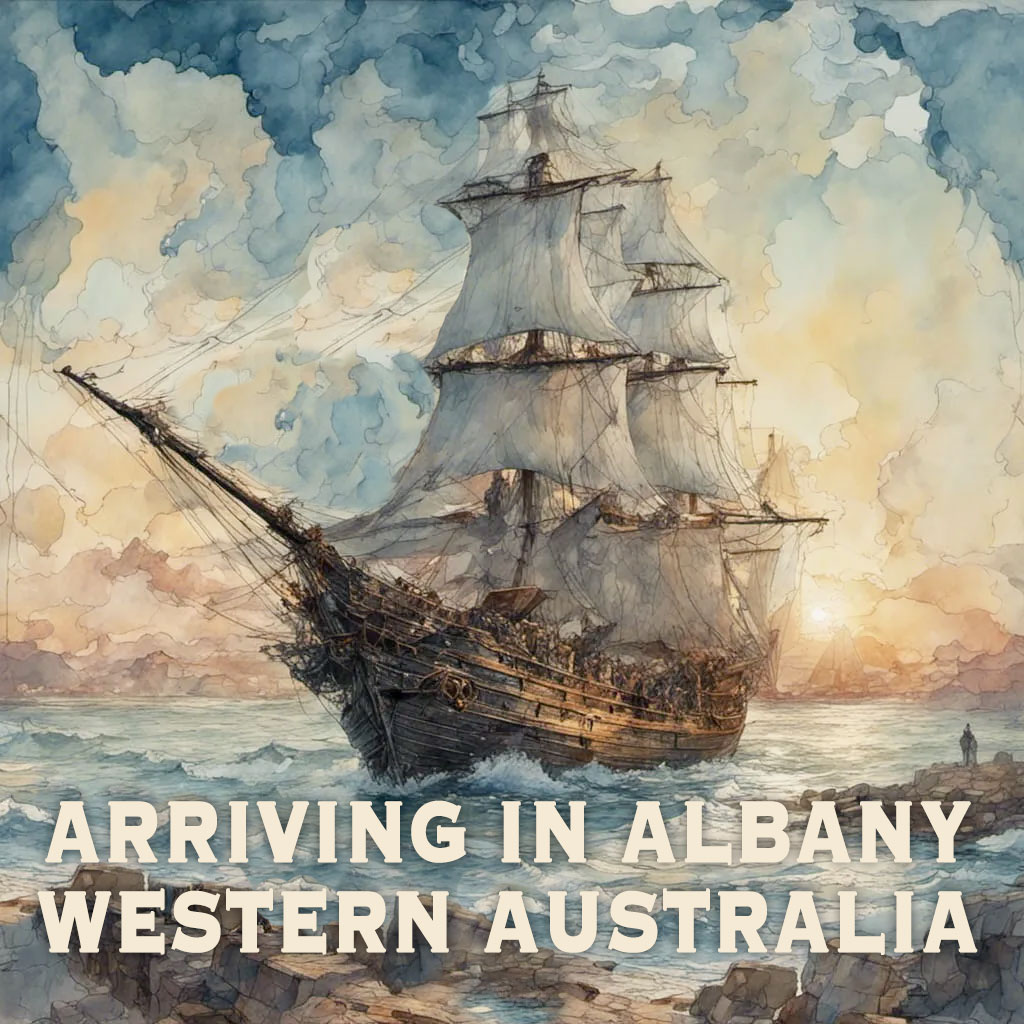
Pre-British Exploration
In the early exploration era, Dutch explorer François Thijssen ventured to Albany's shores in 1627, followed by French explorer Bruni d'Entrecasteaux in 1792, English navigator Matthew Flinders in 1801, and French explorer Dumont d'Urville in 1826. The explorations added to the world's understanding of the region's geography. Despite these earlier European explorations, it was the British who took definitive action to establish a settlement.
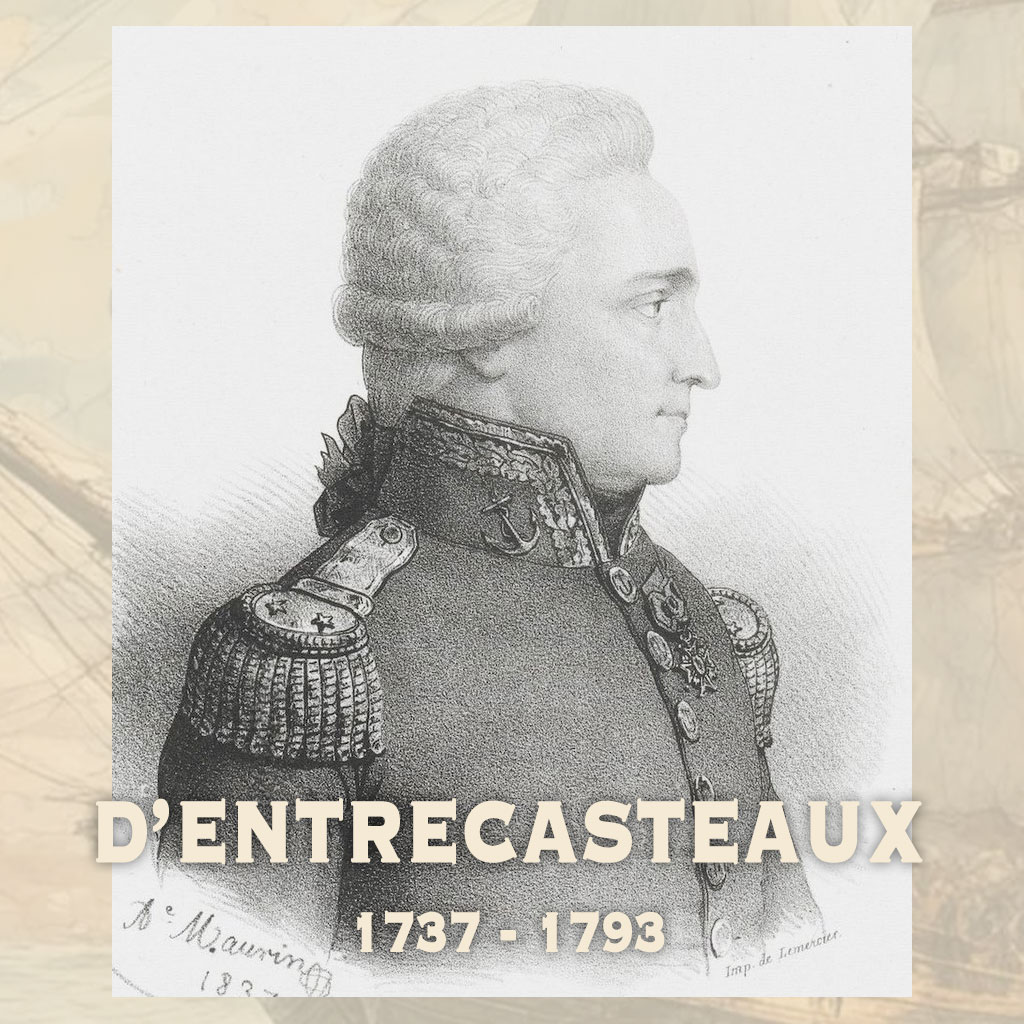
British Establishment of Albany
The British government recognised Albany's strategic significance due to its sheltered harbours and access to the Southern Ocean, positioning it as a key location for trade and communication. In 1826, a pivotal moment in Albany's history occurred when Major Edmund Lockyer arrived on the ship Amity from Sydney. This marked the foundation of a British military outpost in Albany. Amidst the broader colonial rivalry of the early 19th century, the British sought to secure their territorial claims and maintain control over vital trading routes, which influenced their decision to establish Albany as a colonial outpost before other European powers could do the same. The first settlers were a diverse group that included a combination of military personnel, convicts, and pioneers.
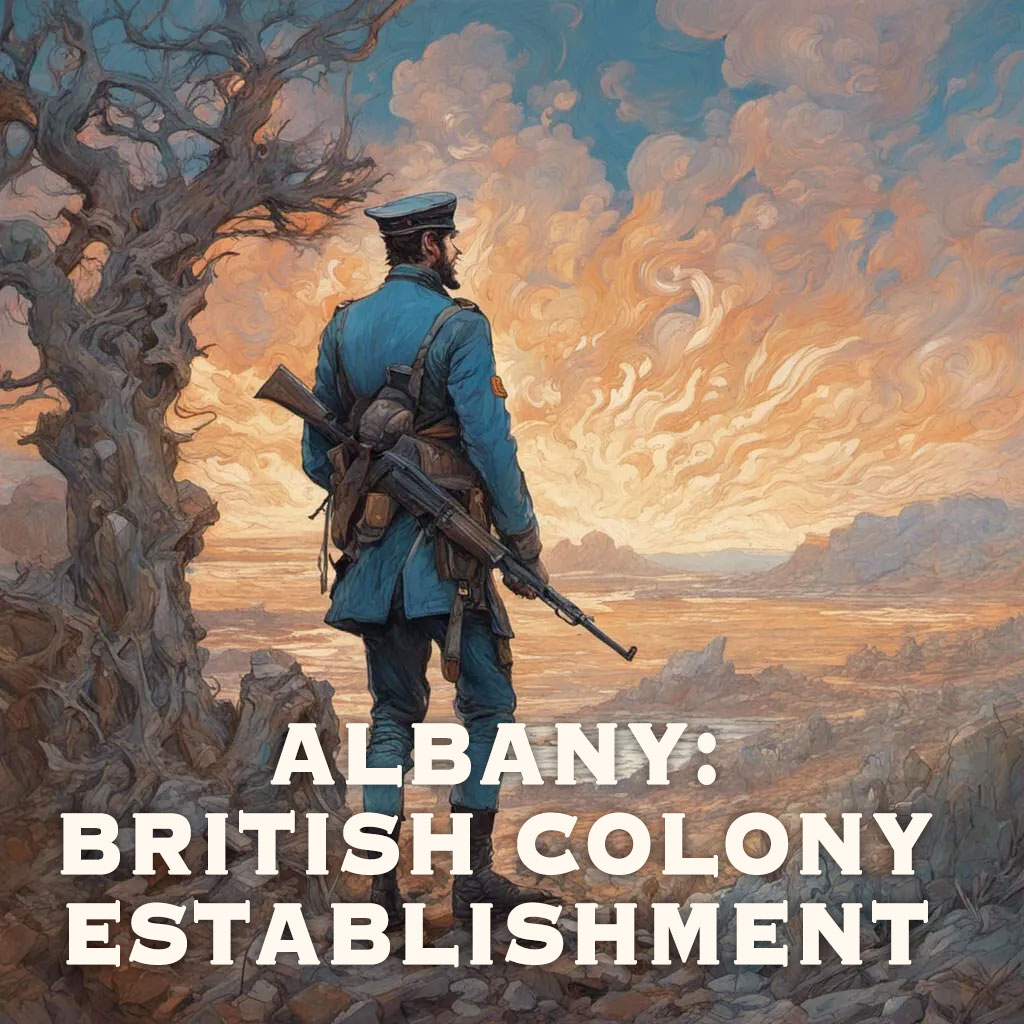
Step Inside History: Walk the Walls of Albany’s Convict Past
Uncover chilling tales from the past, right in the heart of town, at this well-preserved gaol which was once home to transported convicts, warders and prisoners whose stories still echo through its walls. Wander through original cell blocks, peek into the old kitchen and laundry, and don’t miss the timber-lined Aboriginal cells with carvings thought to be the oldest of their kind in the country. Explore the female cells, great hall, and guard tower, and discover stories of hardship, resilience and reform. Friendly volunteer staff are on hand with rich local knowledge to bring it all to life. It’s a surprisingly family-friendly experience—interactive displays, historical role play areas and friendly volunteer staff make it easy to explore at your own pace. Even young kids love it (some don’t want to leave!). For the brave, stay after dark and try the Albany Self-Guided Ghost Tour—a spine-tingling walk through one of WA’s most haunted locations. Whether you’re a local, a visitor, or a curious historian, the Albany Convict Gaol Museum, built in 1852, is a unique and memorable way to spend an afternoon. Open daily from 10am to 4pm. History awaits. This isn’t just a museum—it’s an experience that connects you to the human stories behind the history, making your visit both educational and unforgettable.
Albany’s Early Settlers
Life for the first settlers was marked by a combination of resourcefulness, adaptation, and the establishment of essential infrastructure. Their efforts paved the way for Albany's evolution from a military outpost to a thriving colonial settlement. The settlers encountered a rugged and unfamiliar environment, with the region's climate presenting both opportunities and challenges for agriculture and daily life. Resources were scarce, compelling settlers to rely on the land for sustenance and building materials. Given their isolated location, self-sufficiency became crucial, prompting them to adapt and maximise available resources. This transition from a primarily military and convict settlement to a more diverse community unfolded gradually over several decades.
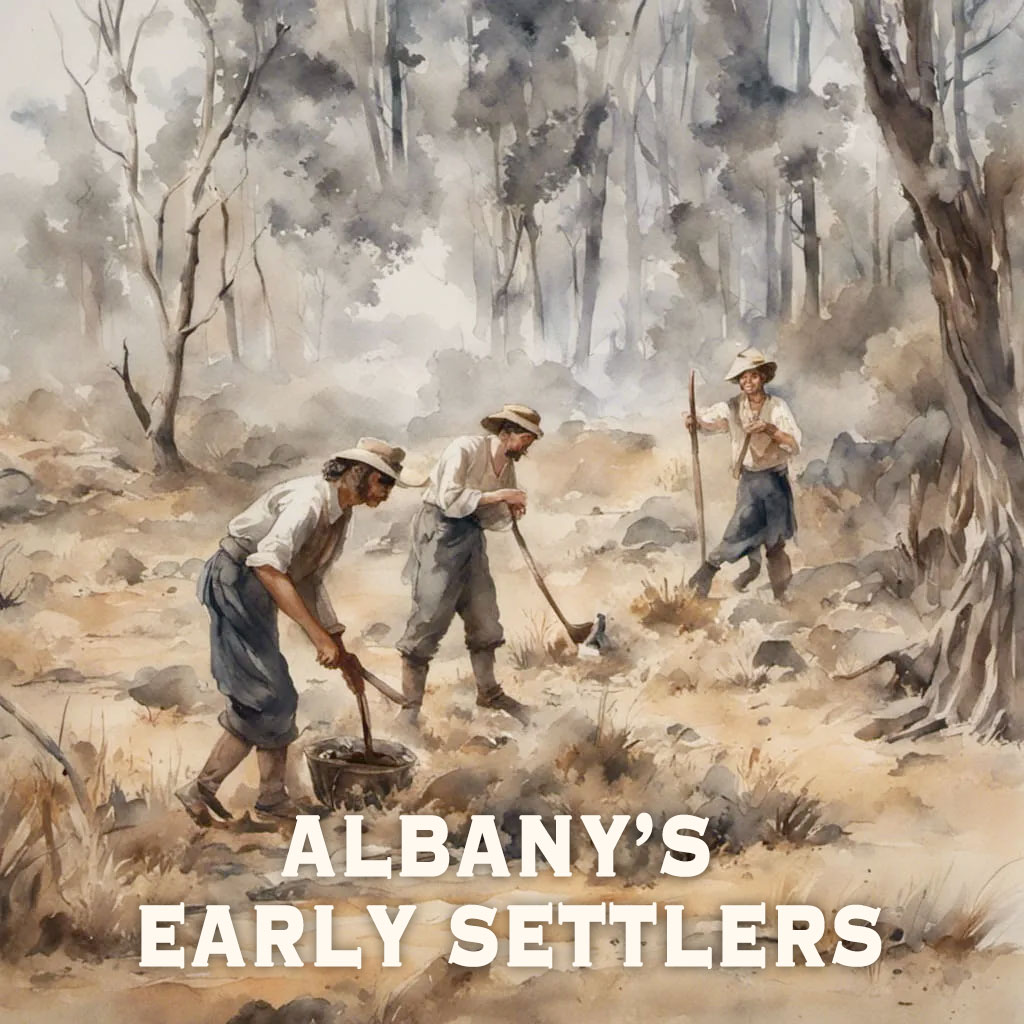
An emerging Albany
In 1832, Governor Stirling officially designated the settlement as Albany, coinciding with the transition of political authority to the Swan River colony. Albany underwent significant growth in various aspects. Being a coastal city, Albany's history is closely tied to maritime activities, including shipping, trade, and fishing. Its location along the southern coast also made it a crucial point of contact and connection between Australia and the rest of the world. The establishment of its first town jetty in 1837 facilitated maritime trade, enhancing economic activity while the introduction of telegraph communication in 1877 brought rapid transmission of messages, both of these greatly enhanced Albany's connectivity with the broader world. Albany's economy diversified through thriving agriculture, including sheep farming, crops and timber. The whaling industry also played a significant role, with whaling stations established along the coast making it a hub for the whaling trade.
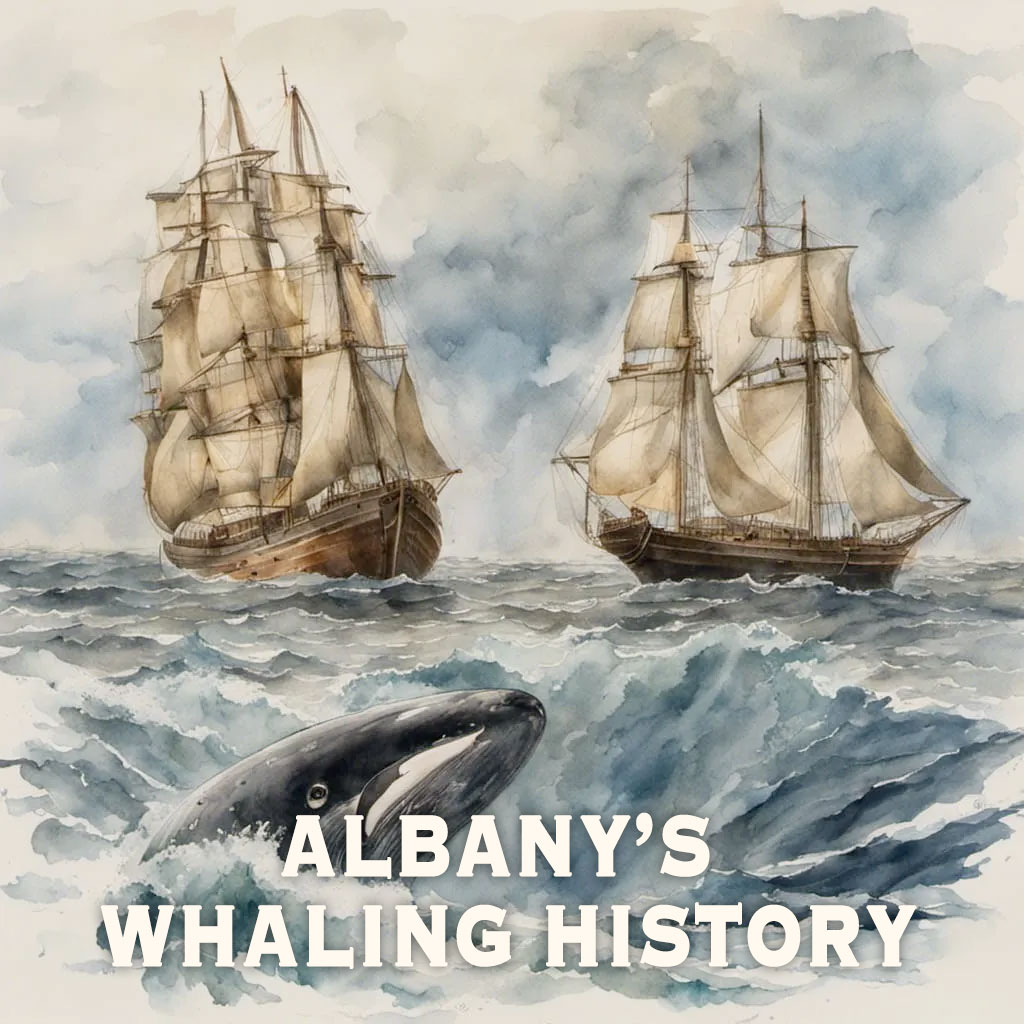
Albany’s Oldest Home – A Window Into the Past
Step off the streets of modern Albany and into the world of 1832, where every creaking floorboard and handmade nail tells a story. A visit to Patrick Taylor Cottage is a journey back nearly 200 years, offering one of the most authentic glimpses into early colonial life in Western Australia. Built in 1832, this beautifully preserved wattle and daub home is the oldest surviving dwelling in the state, and an essential stop for historians, heritage travellers, and families alike. Step inside eleven fully furnished rooms filled with over 2,000 artefacts—from handmade tools and clothing to silverware and delicate porcelain. Stand on the original pit-sawn jarrah floors, walk through rooms where Patrick Taylor, his wife Mary Yates Bussell, and their six children once lived, and absorb the rich details that bring this history to life. Children will be fascinated by how different life was in the 1830s, while history lovers will appreciate the rare construction methods and deep colonial roots. Surrounded by a lovingly maintained cottage garden, the home is a credit to the Albany Historical Society and the dedicated volunteer staff, whose knowledge and passion make each visit unforgettable. Open daily from 11am to 3pm. Patrick Taylor Cottage is a true Albany treasure—don’t miss it.
European Immigration Shapes Albany's Cultural Scene
Albany attracted a wave of European immigrants seeking new opportunities. Schools, churches, and cultural institutions began to emerge. The region's natural attractiveness continued to attract explorers and adventurers. Albany's strategic coastal location and access to the Southern Ocean emphasised its significance in colonial activities and trade networks. These developments set the stage for Albany's transformation into a key trade, communication, and exploration hub with the advent of the railway, linking Perth and Albany, in 1885.

Albany's Evolution Post-1885 and Railway Connection
Albany’s railway era was a transformative phase that propelled the city’s growth and development, enabling efficient transportation of goods, people, and resources. The railway networks facilitated smooth movement of produce from inland to port, enabling efficient trade and export of agricultural goods to broader markets. This period also marked infrastructure improvements, including roads, telecommunications, and public facilities. Albany's role as a key trade centre intensified during World War I and II. The port's vital contribution in supplying troops and resources solidified its significance. The wartime influence led to the establishment of defence facilities, fortifications, and military bases, impacting the city's development trajectory.
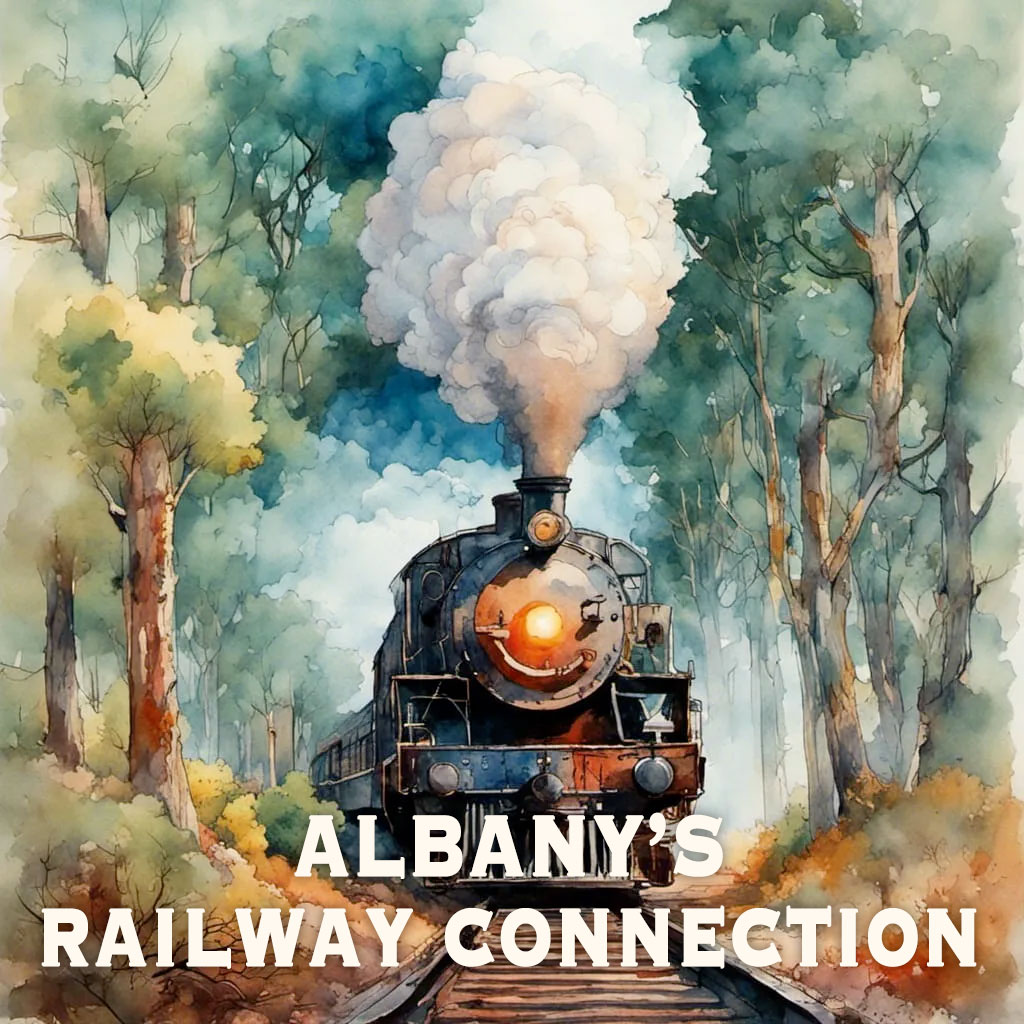
Gold Rush and Community Expansion
The Albany gold rush of the 1890s was driven by the discovery of goldfields in the region, particularly in areas like the Porongurup Range. This newfound resource attracted prospectors and settlers from various parts of Australia and the world. The influx of people led to the growth of the town, stimulated economic activities and led to the establishment of businesses, banks, and services to support the growing community. The quest for gold brought about changes in infrastructure, including the construction of roads and tracks to connect the goldfields with Albany's port. The legacy of the gold rush is evident in some of Albany's historic buildings and sites, which were established during this prosperous period. While the gold rush itself may not have been as extensive as those in other parts of Australia, it nonetheless contributed to the growth, development, and cultural fabric of Albany during the late 19th century. One notable building from this era is the Albany Town Hall, constructed in 1888. This grand structure served as a symbol of the town's newfound prosperity and civic pride. This period of prosperity contributed to the construction of many of the historic buildings that still grace Albany’s Historic Precinct, around Stirling Terrace.
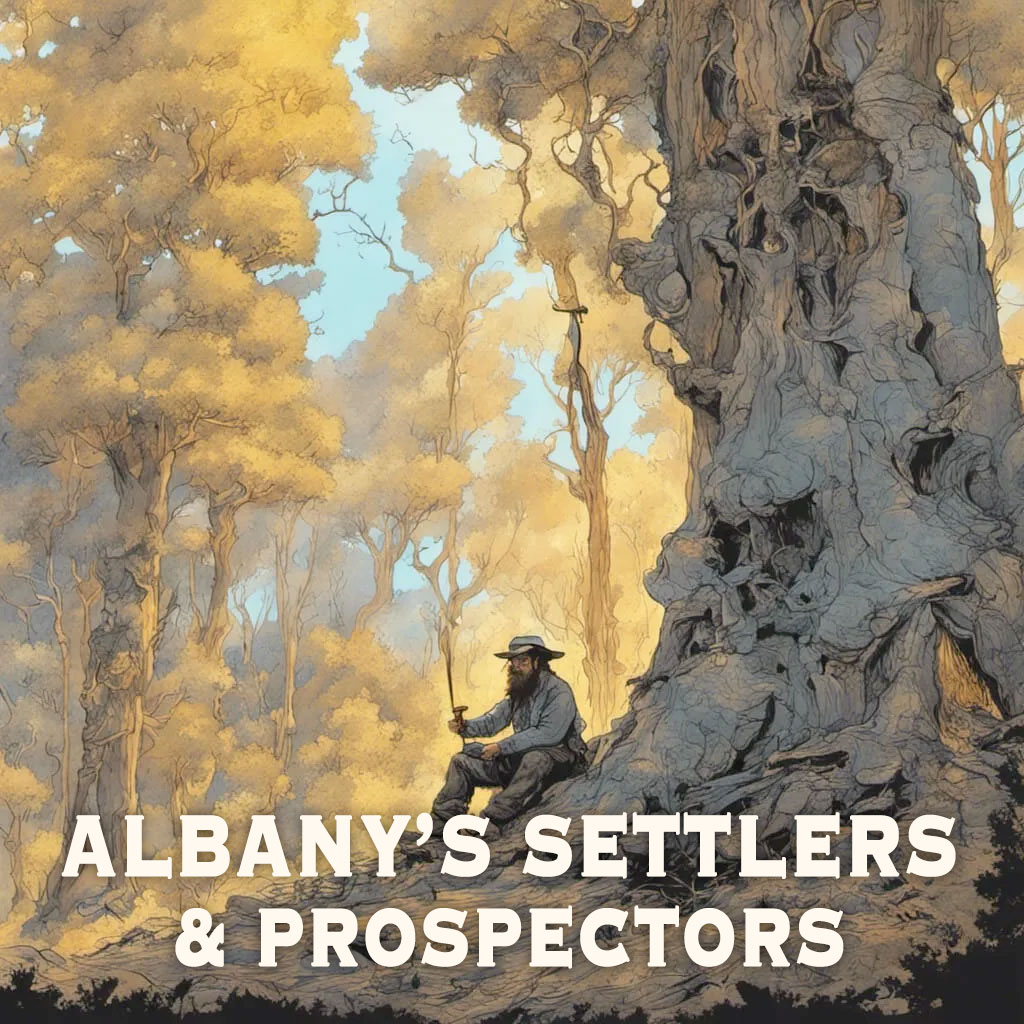

From Gold Rush Prosperity to World War II Significance
The period between the gold rush and World War II saw Albany evolve from a colonial outpost into a strategically important regional centre with a diverse economy, strong community bonds, and a notable historical legacy. Albany's strategic significance, as a key port and naval base, became more pronounced as geopolitical tensions escalated before World War I. In 1914, Albany gained global attention as it became the gathering point for the Australian Imperial Force before their departure to the battlefields of World War I. During World War II, Albany once again played a significant role, the city serving as a base for Australian and Allied military operations. Albany’s strategic coastal location made it a vital outpost for defence and communication during times of conflict, with the construction of batteries and airfields. Albany's military heritage is represented in various memorials and monuments scattered across the town including the Desert Mounted Corps Memorial, the Princess Royal Fortress and the The National ANZAC Centre.
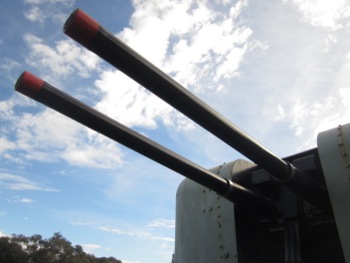
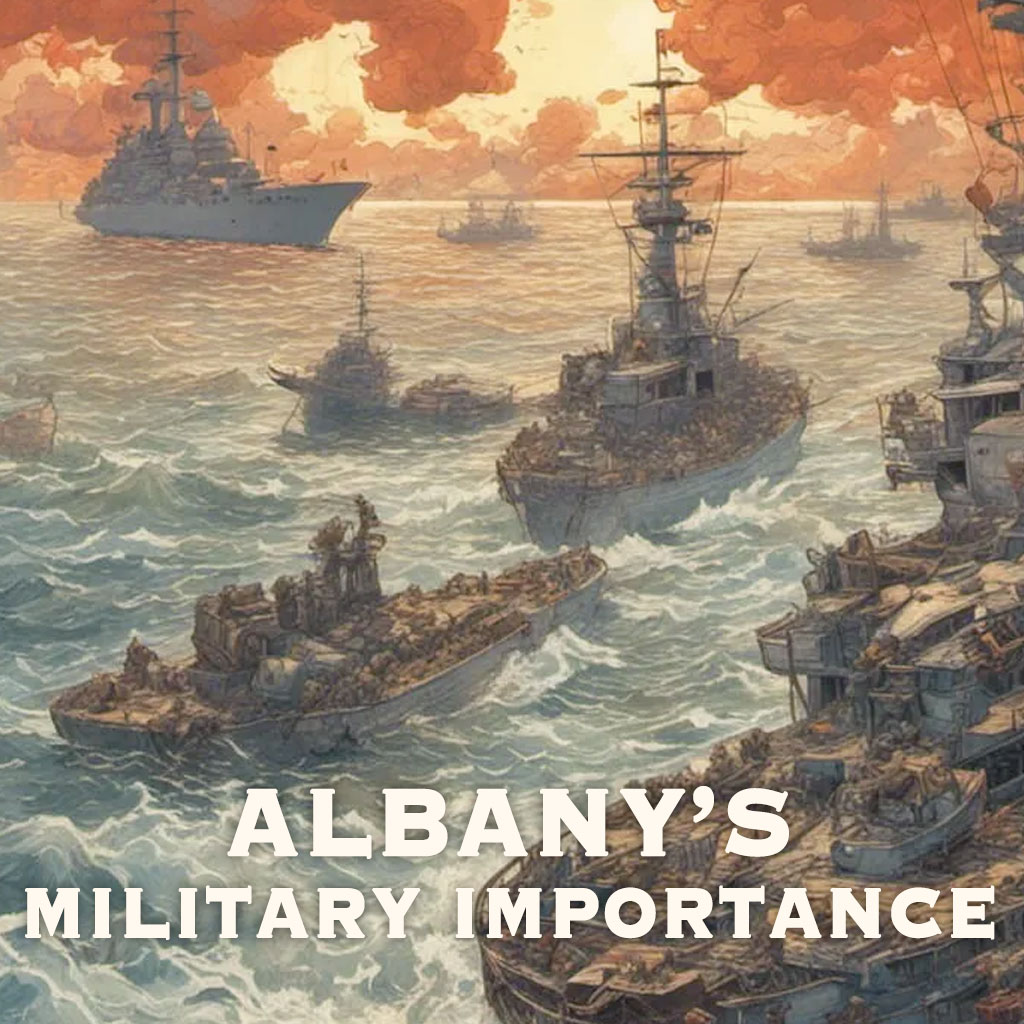
Albany's Post-War Progression
Albany's post-war progression saw it evolve from a historic colonial outpost into the thriving and forward-looking regional centre it is today. The returning servicemen, along with new immigrants, contributed to the expansion of the community, which led to additional infrastructure, including education, healthcare, and public services. While agriculture, timber, and fishing remained important industries, new opportunities arose in sectors such as manufacturing, retail, and services. The post-war years saw an increased focus on preserving Albany's rich historical heritage. The recognition of its colonial history, gold rush legacy, and military significance led to the preservation and restoration of many historic buildings and sites. This preservation effort not only enriched Albany's cultural identity but also paved the way for the emergence of tourism as a growing industry.
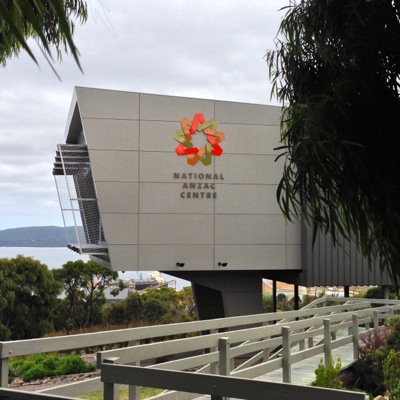
Albany, a leading Tourism Hub
Over time, Albany underwent a process of modernisation through technological advancements, transportation enhancements, and improved communication networks. The arrival of diverse newcomers from various backgrounds enriched Albany's cultural tapestry, and breathed vibrancy into the city's social fabric and artistic expressions. Albany's captivating historical sites, breathtaking natural landscapes, and alluring coastal attractions draw visitors eager to explore its unique heritage and scenic beauty. Albany is now a sought-after tourist destination with accommodation, dining establishments, shopping, leisure and other tourism-related enterprises thriving. Discover Albany's Rich Heritage and Natural Beauty and enjoy this must-visit Western Australian destination that seamlessly blends the past and present.
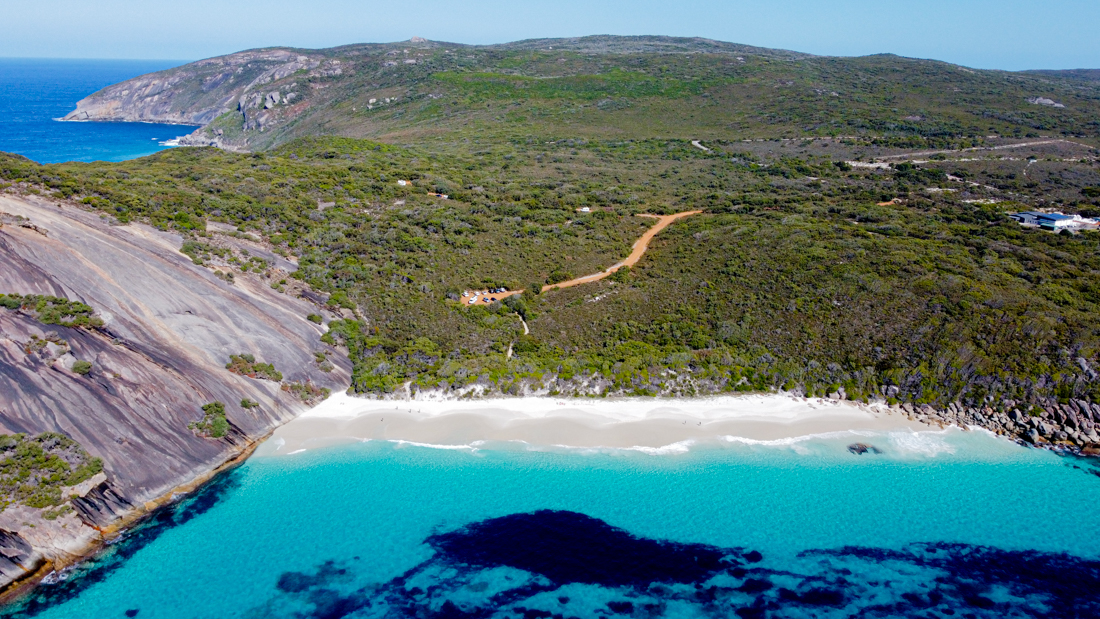
Thriving southern destination A History of Albany, Western Australia
Click here for a Map of Historic Places in Albany.
The port city of Albany is located in the Great Southern region of Western Australia, some 418 km SE of Perth, the state capital.
Albany, is the oldest permanently settled town in Western Australia. With Mount Clarence to the east and Mount Melville to
There were several European explorer visits to the Albany shores prior to British settlement. The dutchman François Thijssen in 1627, in 1792 the Frenchman Bruni d'Entrecasteaux, In 1801 Englishman Matthew Flinders and in 1826 Frenchman Dumont d'Urville in the L'Astrolabe visited King George Sound. Click here for an overview of Albany Australia's Museums.
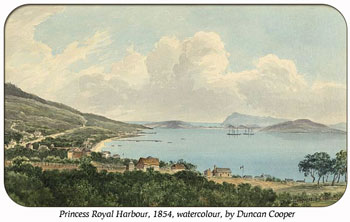
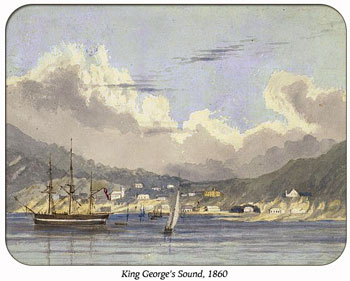
Arriving on the Amity
In 1826 Major Edmund Lockyer arrived on the Amity, from Sydney, and founded a British military outpost. This was to stop any plans by the French to claim Western Australia. Albany was named by Governor Stirling in 1832, at the time that political authority passed to the Swan River colony. The official postal service began in 1834 and the first town jetty was established in 1837. The construction of the railway in 1885, between Perth and Albany brought with it more settlers and more opportunities. The 1890's gold rush brought more settlers and prosperity. During this time many of the historic buildings on Stirling Terrace were built.
1900s, WWI & WWII
Atop Mount Adelaide is the Princess Royal Fortress Military Museum. It houses the Albany Barracks & The Princess Royal Battery, the Military Heritage Centre, the Ellam-Innes Collection (extensive collection of War memorabilia of the 11th Battalion and 10th Light Horse regiments), Underground Magazine, Repository Store and Caretaker's Cottage, Artillery Display, Torpedoes, HMAS Perth trail, World War II Control Bunker plus more.
On top of Mt. Clarence there is a memorial to the Desert Mounted Corps.
Albany also has many historic buildings and sites including:
- The Brig Amity (1826). Replica (1975).
- Patrick Taylor Cottage (1832).
- The Old Post Office (1834).
- St John's Church (1841).
- Albany Convict Gaol & Museum (1852).
- The Residency Museum (1856).
- Albany Co-op Store Museum (1870).
- The Royal George Hotel (1885).
- Albany Town Hall (1888).
- Wesley Church (1890).
- Princess Royal Fortress Military Museum (1893).
Dining in Historical Buildings:
Soak up the heritage atmosphere at The Earl of Spencer Historic Inn - a piece of Albany's History...
Step into Albany’s 1800s historic English-style pub, where the charm of old-world Britain meets the warmth of a family-friendly atmosphere. The Earl of Spencer offers traditional Aussie pub meals, hearty lunch specials, and freshly cooked dinners, all prepared to order – because great food takes time. Lighter lunches are all under $20, with options for something a little more indulgent. Choose from 16 beers on tap or savour a glass from our carefully curated selection of local Great Southern wines, perfect with seafood, salads, or enjoyed on their own. Relax in the spacious, non-smoking beer garden, where kids can play in the cubby house, swing, and climbing frame while you enjoy your meal. In winter cosy up by the open fire or admire the historic artefacts and British décor throughout the pub. The Earl is also your destination for live music every Friday and Saturday evening, and Sunday from 5pm, offering great entertainment to complement your meal. Whether you’re stopping by for a brew after a day’s adventure, a family dinner, or a catch-up with friends, The Earl of Spencer promises fantastic food, friendly service, and a welcoming atmosphere. Come for the famous Guinness Pie, stay for the vibe, and leave with memories of a true Albany icon.
Explore the Albany Heritage Walk
Discover the fascinating history of Albany through the Albany Heritage Walk, a self-guided tour that takes you to key historical sites throughout the town. From convict settlements to early colonial architecture, this walk offers a glimpse into the past that helped shape Albany into the vibrant community it is today.
Start Your Journey
The Albany Heritage Walk is a unique opportunity to step back in time and discover the historical treasures of Albany. Download the full walk details here.
Whether you’re a history lover, a local, or a visitor, this walk provides a memorable journey through Albany’s rich past.
Featured Stops on the Walk:
1. Albany Convict Gaol
Built in 1852, this convict gaol housed Imperial convicts who played a significant role in the early development of Albany. It provides a fascinating insight into the convict era of Western Australia.
2. Residency Building
This historic building, originally a commissariat store, became the home of the Government Residents and later a museum. It’s an important landmark that tells the story of Albany’s early administrative history.
3. The Brig Amity Replica
A replica of the H.M. Colonial brig Amity, which carried the first settlers to Albany in 1826. The Amity is an iconic piece of Albany’s maritime history.
4. Foundation Park
The site of Albany's first military garrison, Foundation Park includes remnants of the original buildings that helped establish the town in 1827. It’s where the British flag was first raised in Albany.
5. Patrick Taylor’s Cottage
Built in 1832, this is the oldest surviving dwelling in Western Australia. The cottage’s unique design and history offer a rare glimpse into early settler life.
6. Wesley Church & Manse
Built between 1889 and 1891, Wesley Church is an impressive example of local granite and intricate brickwork. The adjoining Manse, constructed in 1903, is a fine example of colonial architecture.
7. St John’s Church
The oldest Anglican church in Western Australia, St John’s was consecrated in 1848. Its historic cob construction and British coat of arms make it a striking part of Albany’s heritage.
8. Albany House
Originally constructed in 1884 as the Union Bank, Albany House played an important role in the town’s early financial history. The building has been preserved and is a beautiful example of Victorian architecture.
9. London Hotel
Built in 1909, the London Hotel offers a glimpse into Albany's early 20th-century hospitality industry. It features a grand design with expansive balconies offering stunning views of Princess Royal Harbour.
10. Women’s Rest Centre
Established as a shelter for cabmen and their horses in the early 1900s, the Women’s Rest Centre was later expanded to provide a space for women, as well as public toilets. It reflects the town's social changes during the time.
11. R. Bell & Co.
This site has a rich commercial history, having hosted various businesses over the years. The building, dating back to the late 1800s, offers insight into Albany’s commercial development.
12. Albany Courthouse
Built in 1898, the Albany Courthouse is an impressive example of colonial architecture with its rare dry stone construction and carved British coat of arms. The courthouse served as a hub for legal and civic matters in the region.
Albany Today
Today the city of Albany is a thriving port city home to over 30,000.
It is a significant tourist destination for Australians and International visitors.
It has great significance historically and its coastline is a place of outstanding & spectacular natural beauty.
Visit the Albany Museums Page for more on Albany's exciting history.
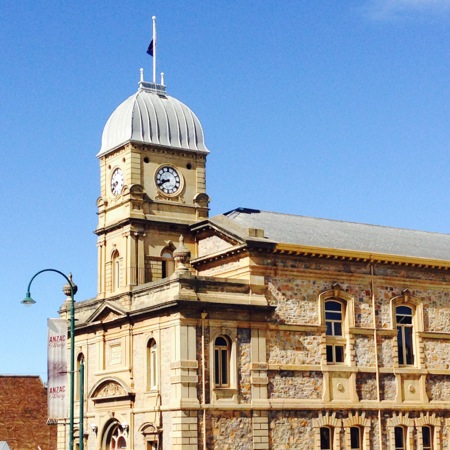
Museums & Monuments in Albany Australia
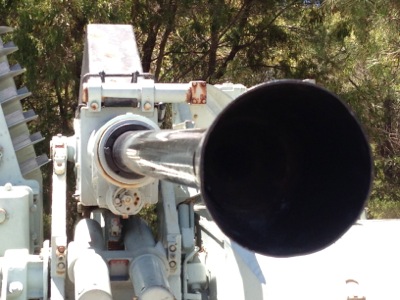 Princess Royal Fortress
Princess Royal Fortress One of the best outdoor military museums in Australia. The Fortress is within the Albany Heritage Park, atop Mount Adelaide. Visit Princess Royal Fortress
 Albany Heritage Park
Albany Heritage Park The heritage park consists of the parklands and monuments of Mount Clarence and Mount Adelaide including the National ANZAC Centre. Visit Albany Heritage Park
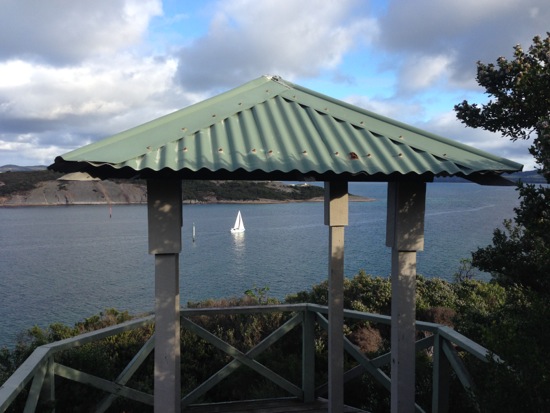 Ataturk Channel
Ataturk Channel Ataturk Channel connects King George Sound and Princess Royal Harbour allowing safe access to the Port of Albany. Visit Ataturk Channel
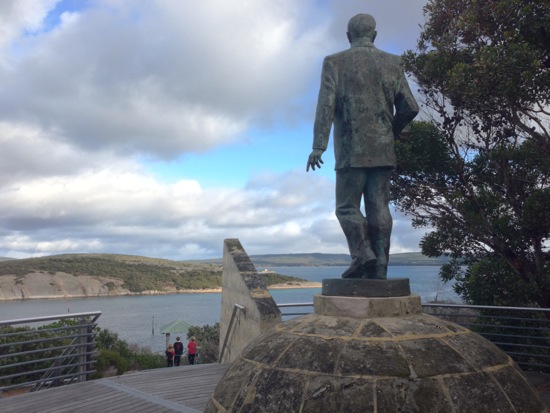 Ataturk Memorial
Ataturk Memorial Ataturk Memorial stands prominently above Point King overlooking Ataturk Channel. The memorial offers amazing views of the channel. Visit Ataturk Memorial
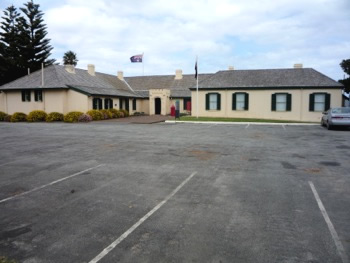 WA Museum Albany
WA Museum Albany The Western Australian Museum Albany has exhibitions and information on the natural and social history of the region. Visit WA Museum Albany
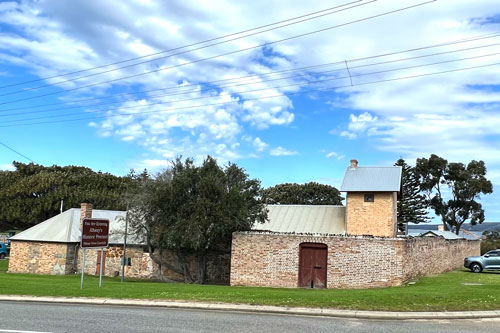 Albany Convict Gaol Museum
Albany Convict Gaol Museum Whether you’re a local, a visitor, or a curious historian, the Albany Convict Gaol Museum, built in 1852, is a memorable way to spend a day. Visit Albany Convict Gaol Museum
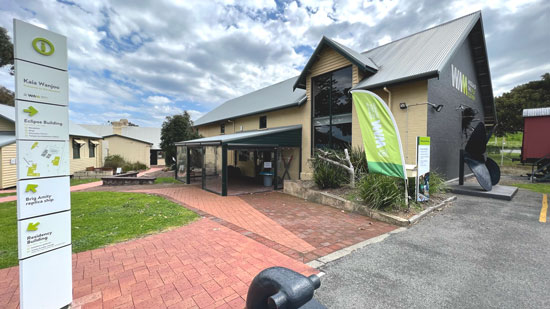 Albany Museums
Albany Museums Albany's Museums offer an immersive journey through the region’s rich history. Visit Albany Museums
 ANZAC Desert Mounted Corps Memorial
ANZAC Desert Mounted Corps Memorial ANZAC Desert Mounted Corps Memorial sits atop Mount Clarence. Visit ANZAC Desert Mounted Corps Memorial
